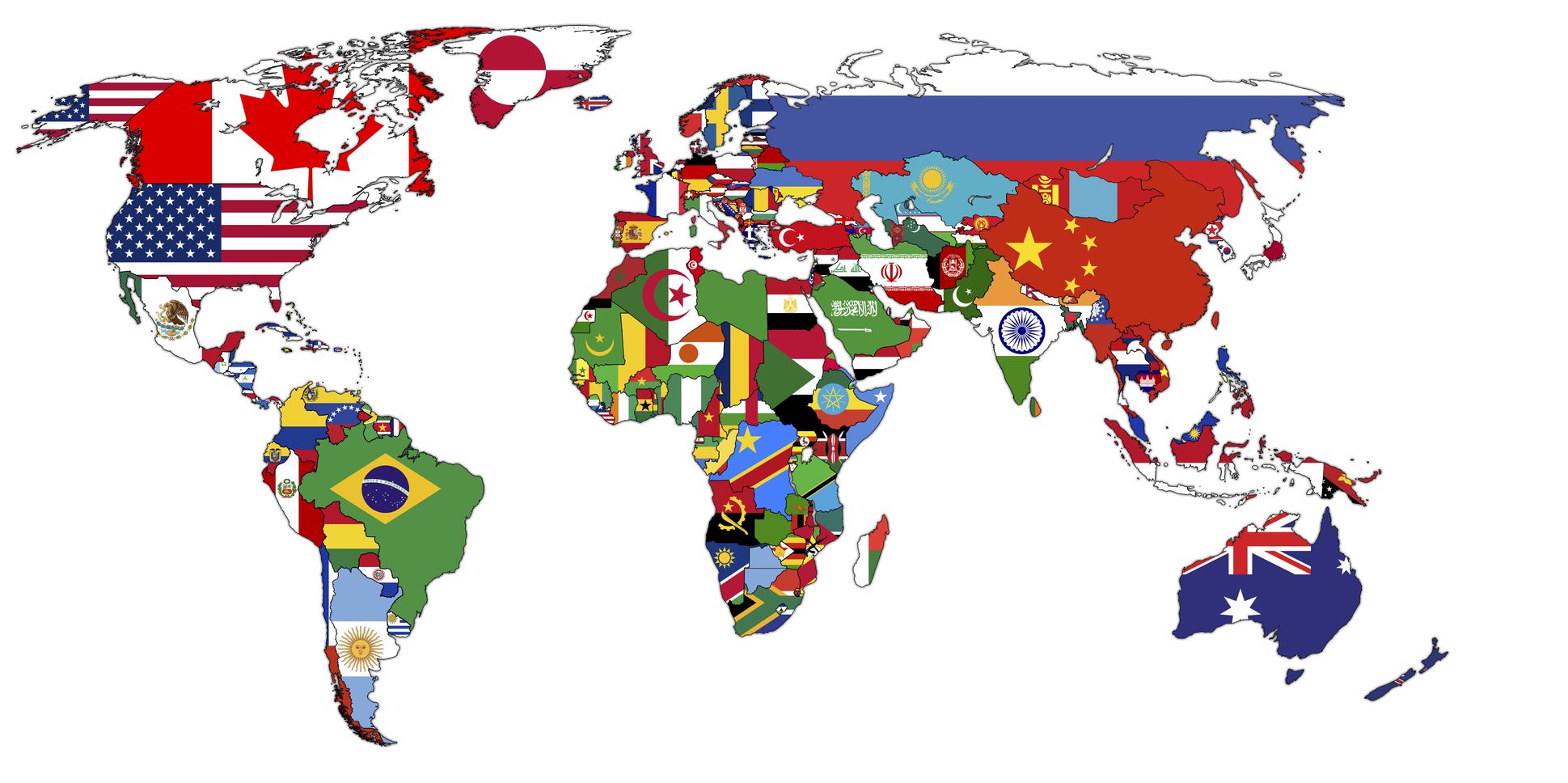English Urdu translations

We are experts in English - Urdu translation
Whatever your translation needs, Cosmolingo can help you manage your English - Urdu translation project quickly and easily while maintaining the highest quality.
Whenever we start a new Urdu - English translation project, we check the requirements and carefully organize the necessary resources to ensure that the work is done effectively and accurately.
In translation work, translators are increasingly required to meet delivery deadlines that are almost impossible to achieve. You have to remember that the speed of translation always depends on the difficulty of the text. All our translators are professional linguists, but even they have a limit. We could say that a translator works at an average rate of 2000 words a day working 8 hours a day. At Cosmolingo we prefer each job to be done by the same translator, but this is usually impossible because of the delivery deadlines.
The best English - Urdu translators.
The Urdu language
Urdu, from a strictly linguistic point of view, is a dialect of Hindi. They both have common origins and are mutually intelligible. The differences between them are above all in the writing system: Urdu uses a form of the Persian alphabet of Arabic origin, from which Hindi speakers have deliberately dissociated themselves for political and religious reasons that have nothing to do with the language. A similar relationship has been observed between Serbian and Croatian, which are in fact written variants of the same language. Let us look a little further into this issue.
About five hundred million people speak Urdu as their first or second language worldwide, many of them in India, where it is the mother tongue of many Muslim communities and is recognized as one of the official languages. In Pakistan, however, it is the official state language and is considered totally independent from Hindi, although in fact it was introduced by Muslim emigrants after the division of the Indian subcontinent. (A curious fact: did you know that the name of this country is an acronym that brings together the Muslim provinces of Punjab, Afghania, Kashmir, Sindh and Balochistan?)
Since then, as we were saying, Hindi and Urdu speakers have just accentuated the differences between the written form of the two languages, although in fact they are virtually the same, and the British colonists used to refer to them jointly using the expression «Hindustani». (This position does not have many followers in either of the two countries.) Paradoxically, there are estimated to be about one million Urdu speakers in the United Kingdom today. For more details, see the section on Hindi.
Just as the appearance of printing did in the past, the influence of the Internet and mobile technologies has now introduced the use of Latin characters in Urdu writing, a phenomenon which has also arisen in other cultures.

